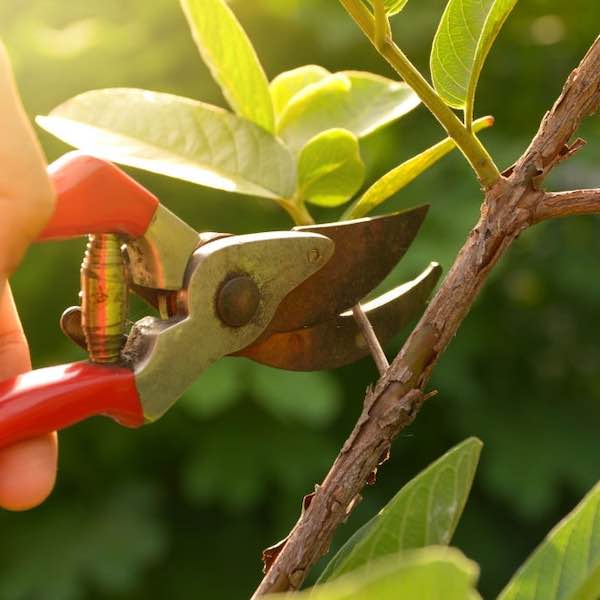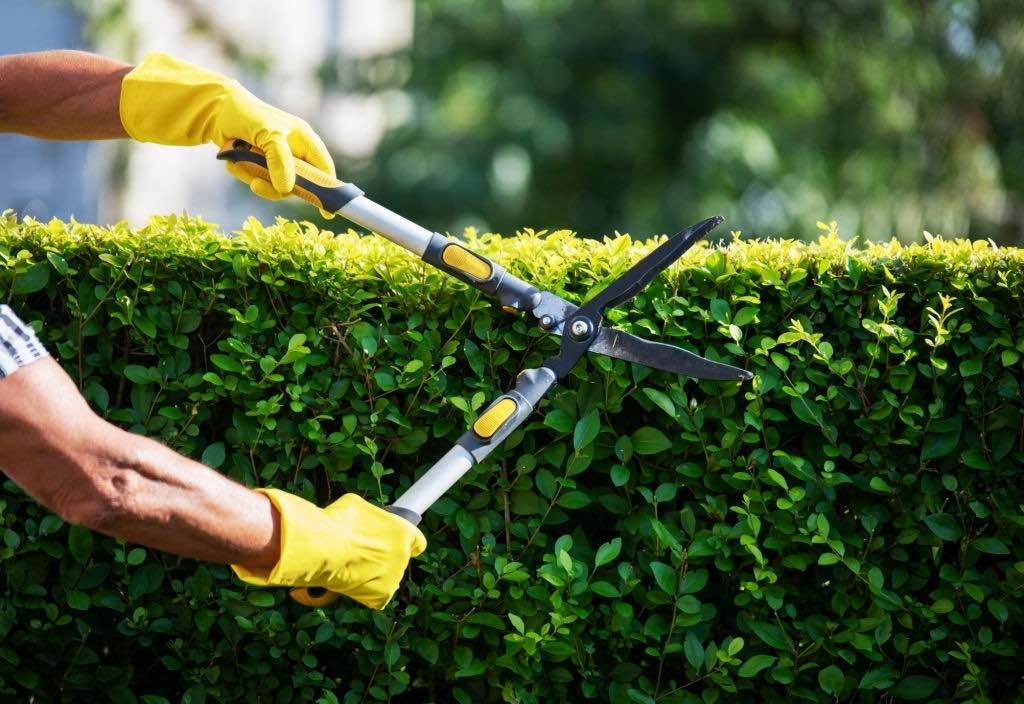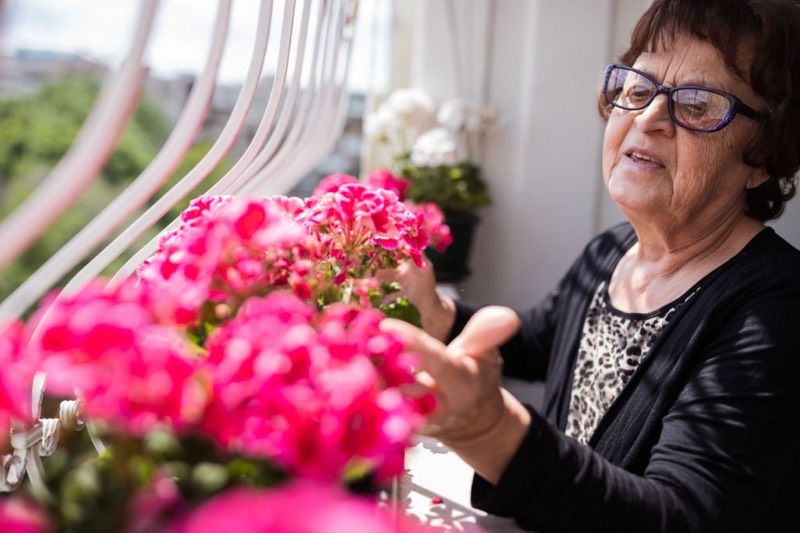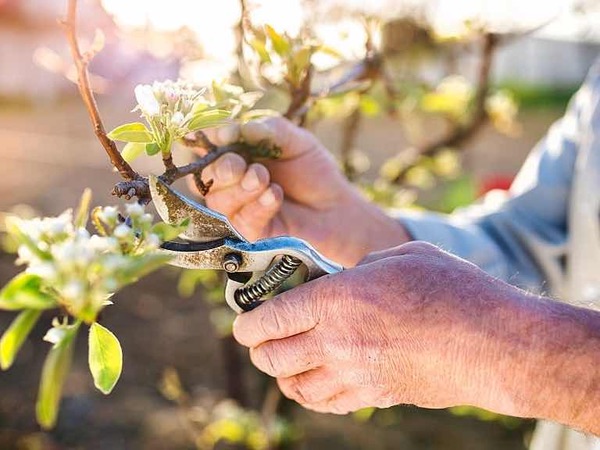Maintain the trees and shrubs in your Northern KY landscape. Get easy plant care tips from Showplace Garden Center, Northern Kentucky’s source for all your landscaping supplies.
Pruning Trees
Usually, pruning is not needed on newly planted trees. As the tree grows, lower branches may be pruned to provide clearance above the ground, or to remove dead or damaged limbs or suckers that sprout from the trunk. Sometimes larger trees need pruning to allow more light to enter the canopy.

Small branches can be removed easily with pruners. Large branches should be removed with a pruning saw. All cuts should be vertical. This will allow the tree to heal quickly.
Major pruning should be done in late winter or early spring. At this time the tree is more likely to “bleed” as sap is rising through the plant. This is actually healthy and will help prevent invasion by many disease organisms.
Removal of large branches can be hazardous. If in doubt about your ability to prune properly, contact a professional with the proper equipment.
Under no circumstance should trees be topped. Not only does this practice ruin the natural shape of the tree, but it increases susceptibility to diseases and can result in the tree branches being more susceptible to damage from wind and ice.
If a large tree requires major reduction in height or size, contact a professionally trained arborist. There are other methods to selectively remove large branches without sacrificing the health or beauty of the tree.

Pruning Shrubs
Shrubs that flower in the spring, or bloom on the growth of the shrub from the previous season, should be pruned immediately after their last bloom. This will avoid any disruption to the shrubs blooming process.
Shrubs that bloom in June are blooming from their current stage of growth. Therefore, the best time to prune this type of shrub is during the end of the winter season.
Evergreen shrubs benefit the most from a mere thinning out. Pruning should occur during the end of the winter season for the best results since new growth will not have begun yet, but can be done any time throughout the year as needed.
When a shaped evergreen is desired, shearing of the branches is the best procedure to use.

Perennial Care
Perennials can make a great addition to your garden. By providing a little care and maintenance throughout the growing season, you can have a beautiful season-long garden of blooming with little effort.
A full sun perennial needs only between 6 and 8 hours of sun a day. Planting your garden to accommodate this, as well as mixing plants with both early and late blooming varieties is a sure way to have your garden looking great.
They typically do best in soil amended with organic matter, but also can thrive in ordinary garden soil.
Be sure to check the mature height of the plants that you are growing and give them plenty of space.
Most perennials need some sort of annual feeding, which can be in the way of organic amendments worked into the soil or using a regular fertilizer such as Espoma Plant Tone or Osmocote throughout the growing season.
Water needs vary from plant to plant. Some perennials need plenty of water, while some do fine with very little. If you are looking for a low maintenance garden, look for drought resistance plants. Check each plant’s care and plant your garden accordingly.
Perennials do best with regular maintenance, including removing old flowers, weeding and trimming. Control growth early in the blooming season by pinching terminal buds for bushier growth or cut back whole branches back by a few inches.
Deadheading Perennials
Deadheading may sound like a cruel way to treat a plant, but if you want it to flower all summer, do it. Apart from making the garden much neater, removing fading flowers also prevents plants setting seed. Setting seed is their reason for living, so they will simply grow new flowers and try again – and again – and again, giving you burst after burst of new blooms.
Don’t expect miracles. Deadheading doesn’t work for all plants.
Tulips, Daffodils and most other bulbs won’t flower again until the following year. Others don’t need it – such as ground-cover plants. If you’re new to deadheading, don’t worry too much about getting it wrong.
You would have to be very brutal to a very delicate plant to deadhead it to death. Most plants will recover from even the worst experience.
